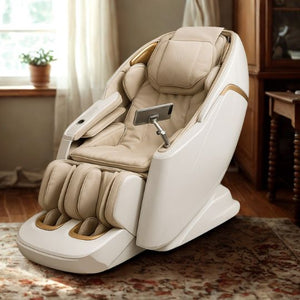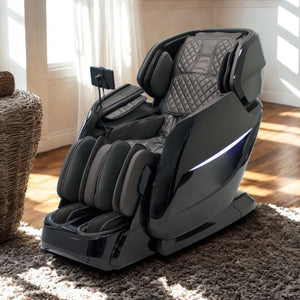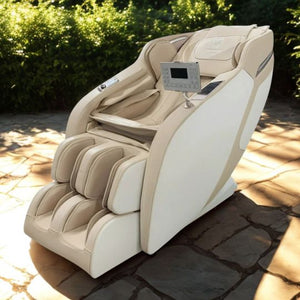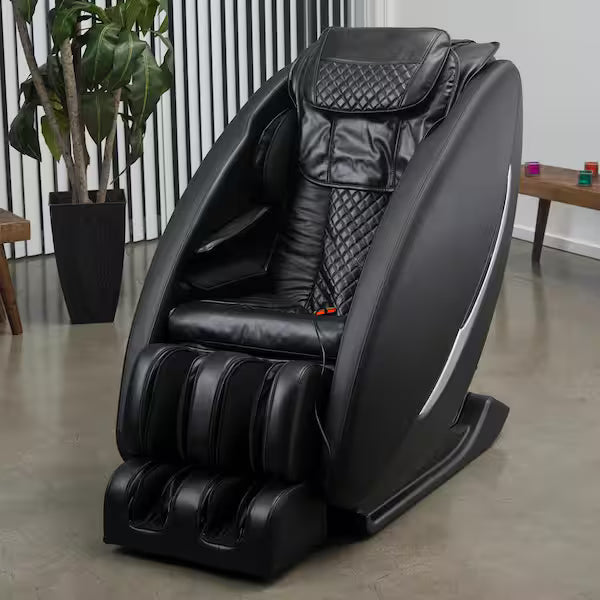Diary of a Massage Therapist" - Weekly User Submissions
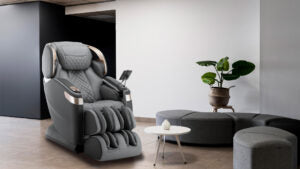
Introduction: Opening the Diary
Every massage therapist has stories to tell—moments of transformation, laughter, healing, and sometimes even tears. Behind every session lies a narrative of pain released, stress dissolved, and connection restored. This diary is a collection of weekly submissions from massage therapy clients and enthusiasts who share their experiences, struggles, and breakthroughs.
Unlike clinical reports, this is not about technical anatomy or textbook jargon. It is about the people—how they felt when they walked into the room, how they changed by the end of a session, and how massage has become part of their journey toward wellness.
In this long-form piece, you’ll read a blend of therapist notes, user submissions, reflections, and even modern innovations—such as how a Massage chair Cambodia is slowly weaving into the narrative of everyday healing.
Week 1: The Office Worker with Stiff Shoulders
One of the most common entries in my diary is from office workers. Computers, deadlines, and endless typing often mean one thing—tension around the shoulders and neck.
Submission from Dara, 32, Phnom Penh:
“I thought massages were just for relaxation, but my therapist explained how my posture was causing constant stiffness. After two sessions, I felt like my body was finally awake again. The moment her fingers pressed into the knots, I could almost hear my muscles sighing.”
This submission reminded me of something important: massage is not luxury—it’s maintenance. Like going to the gym for the body, massages are training for balance and alignment.
Week 2: A Mother’s Quiet Hour
Not all clients come with pain. Some come with stories of exhaustion.
Submission from Sreyna, 28, mother of two:
“When I booked my first massage, I thought I would feel guilty for spending time on myself. But in that one quiet hour, I felt like a human again—not just a mother running on autopilot.”
Her reflection shows how massage therapy is also emotional therapy. By calming the nervous system, it gives people permission to breathe, pause, and reclaim their sense of self.
For busy parents, even a Massage chair Cambodia in the living room can create moments of solitude—pressing a button while children nap to enjoy ten minutes of quiet recovery.
Week 3: The Athlete and the Recovery Routine
Athletes often use massage as part of training.
Submission from Vuthy, 21, university football player:
“After my legs cramped up during a tournament, I was introduced to sports massage. It’s not always relaxing, but the recovery time is so much faster. I even recommended my coach to buy a massage chair for the team.”
Sports massage teaches discipline. It may involve deep tissue techniques, stretching, and muscle activation. The body recovers, adapts, and strengthens.
Modern technology like a Massage chair Cambodia now includes sports recovery modes—air compression for legs, deep rollers for the spine, and stretching programs that mimic therapist techniques.
Week 4: Healing Beyond the Body
Sometimes people come not for muscles, but for memories.
Submission from Sokha, 45:
“My husband passed away two years ago, and I didn’t realize how much grief I carried in my chest. During my first massage session, when the therapist pressed around my sternum, I burst into tears. It felt like I was letting go of something I had been holding for too long.”
Massage therapy is not just mechanical manipulation of tissue—it’s somatic release. The body stores emotions, and touch can unlock what words cannot.
This diary entry taught me to always approach massage with compassion, not just technique.
Week 5: The Digital Detox
Submission from Lina, 24, content creator:
“My phone is my job, but also my prison. My therapist suggested I leave it outside the room. For one hour, I was unreachable, and the silence was louder than my notifications. That was the real therapy.”
This diary shows how massage creates not only body relaxation but also mental clarity. The absence of screens, the sound of breath, the rhythm of strokes—all contribute to a reset.
Interestingly, many digital professionals in Cambodia are turning to home solutions like a Massage chair Cambodia because they can create this digital detox at home after long editing nights.
Week 6: From Curiosity to Ritual
First-time clients often walk in curious, sometimes skeptical. But many end up making it a ritual.
Submission from Piseth, 38:
“I thought massage was a treat you get on holiday. But now it’s part of my monthly routine. It keeps my migraines under control and my mood stable.”
When therapy becomes ritual, it shifts from luxury to necessity. It builds long-term wellness, not just temporary relief.
Week 7: The Therapist’s Reflection
As a therapist, I also write my own entries. Some days are filled with laughter and light conversation; others with silence so deep you can almost feel the client’s unspoken words.
What I’ve learned is that massage is about listening—not only with ears but with hands. The body tells its story, and I write it down in this diary, week after week.
Massage and Modern Cambodia
The diary also reveals something about cultural shifts. Massage has deep traditional roots in Cambodia—often linked to healing, spirituality, and community. But now, modernization is changing how people experience it.
Urban professionals want convenience. Parents want quick relief at home. Athletes want performance recovery. This is why tools like a Massage chair Cambodia are bridging the gap between tradition and technology—bringing therapy into homes without losing its essence.
Lessons from the Diary
After collecting weeks of submissions, a few truths stand out:
-
Massage is personal – No two stories are alike. Each session unlocks something unique.
-
Massage is not just physical – It helps with emotions, clarity, and mental well-being.
-
Technology complements tradition – Massage chairs are not replacing therapists, but extending access to healing.
-
Self-care is universal – From mothers to athletes, everyone needs a way to recharge.
Final Thoughts: A Diary That Keeps Growing
This diary is not finished. Each week, new stories arrive. Some are short, others deeply emotional. Some describe pain, others joy. But all of them remind us of one truth: massage is a language of care.
As therapists, clients, and even users of modern tools like a Massage chair Cambodia, we are all writing entries in this growing diary of wellness.
It is a story that belongs to everyone who has ever felt the relief of tension melting away under skilled hands—or even under the programmed precision of a chair.
The diary continues, and so does the journey of healing.

